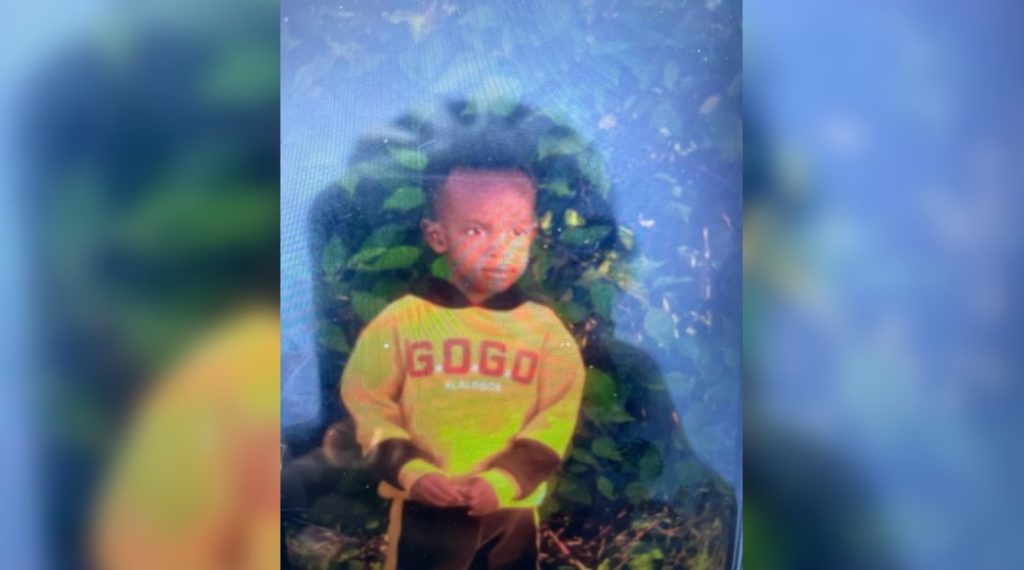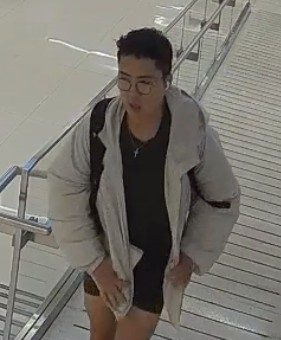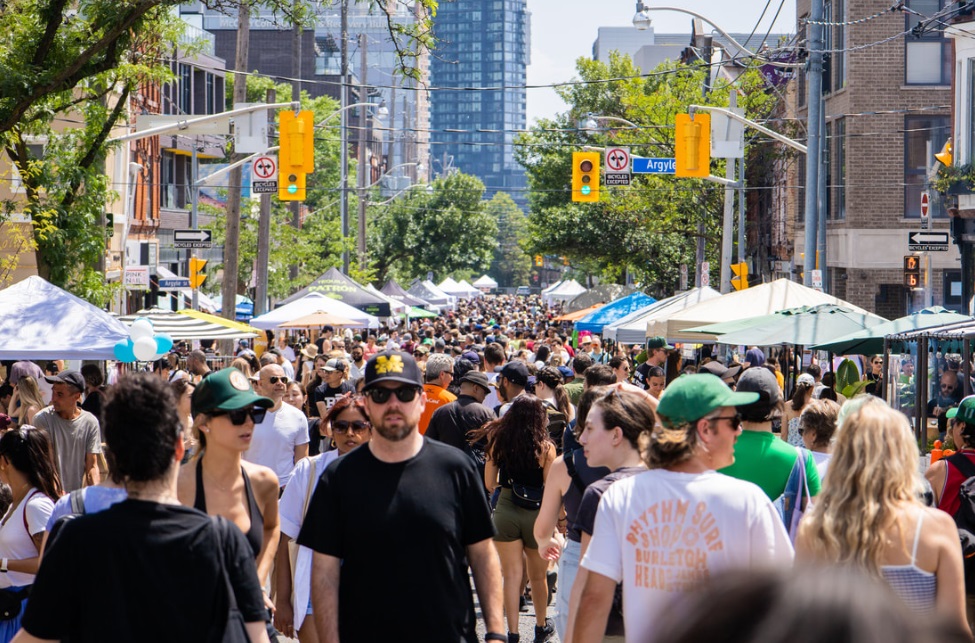Province, First Nations communities working on next steps after remains discovered in Toronto
Posted January 8, 2024 5:00 pm.
Last Updated January 10, 2024 10:02 am.
After Indigenous remains were discovered at a construction site in Riverdale on Friday, work is now being done to determine what steps will be taken next.
Philip Cote of Moose Deer Point First Nation, a well-known Indigenous artist, activist and historian in Toronto, tells CityNews the Riverdale Neighbourhood is rich with Indigenous history.
“Those people, they have been here a long time, and they are coming to the surface, and they want us to tell their story.”
The remains were discovered by a construction crew installing a water line on Withrow Avenue. Toronto police were called immediately, and the scene was quickly secured.
Forensic Anthropologist Greg Olsen with the Ontario Forensic Pathology Service was among those who examined the remains and is helping identify them.
He added that finding these remains was not a surprise as the area had been known as an archaeological site since at least 1886 when crews excavating the initial construction of Withrow Avenue found communal grave sites in the area.
Withrow Public School now occupies the site of former Indigenous encampments where a spear point dating back about 7,000 years was discovered.
Olsen believes the remains found on Friday are likely 500 to 600 years old and said he also discovered an artifact similar to that ancient spear.
“We already knew that this existed, so it’s maybe not so surprising that some remains were found with newer construction happening. We see this all the time. To get called out on Saturday was not a surprise,” said Olsen.
“The bones have been in there a very long time. They had started to degrade as I was looking at them. To understand that this was an ossuary back in 1886 made a lot of sense to me.”
He said it was determined quickly the remains were those of Indigenous peoples.
“There are some differences between us and our Indigenous ancestors, brothers and sisters. Our teeth have a different shape to them. I did locate an artifact with some of the remains,” said Olsen.
“The bottom of the Don River was the largest wetland in North America, and it was a big hunting ground, so another reason why the people were here … so those ancient people would have been decedents of the ice runners and the dependents of those ice runners are the Ojibwa,” added Cote.
Olsen explained how he was able to identify they were Indigenous from their teeth.
“They were farmers so they would grow their food. When they grind their corn to make maize, the grinding stones are sometimes fairly soft. It would get grit coming off the grinding stones. And, of course, that goes into the meal. And as people chewed the meal, they eventually wore their teeth down. And I did see a number of molars that were worn significantly, and this was the reason why.”
The Ministry of Public Business and Service Delivery, which has jurisdiction over these burial site discoveries, is currently working with the city and representatives of the Mississaugas of the Credit First Nations to determine the next steps.
“I know that it’s preferable that they stay in place and not be disturbed any longer, but that’s a decision that this group and the Chief Coroner will make collectively,” added Olson.
“Traditionally, Indigenous people, we would not move that, and we would keep it where it is,” said Cote. “I think to honour the time we are in and how people lived, a plaque to describe who these people were and how they got here.”
Olsen said this is an excellent opportunity for people to be informed about some of the history of the city.
“The one thing I love about Ontario is it’s absolutely ripe with history. So to find something like this, I’m not sure if they’re going to do any more excavation, but in reading the article from 1986, some of the artifacts that were found, I would love to see, and I’m hoping they’re being shared with others.”








